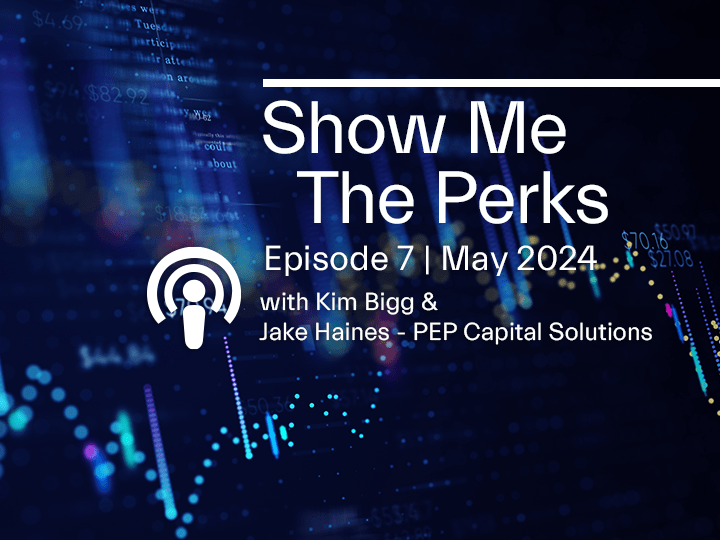Fixed or Variable: How should you structure your debt in 2020?
Posted on 30/1/2020
Approx. 4 mins reading time
Overview:
With further interest rate cuts on the horizon in early 2020, there have been some interesting market trends that Australians with business or personal loans should consider when making a decision about structuring or re-structuring their debt.
While the topic of interest rates has gone somewhat quiet in recent months and over the Christmas break, with a new year brings refreshed forecasts from economists that we will see another one, if not two interest cuts in the first half of 2020.
While economists are more than prone to the odd prediction that falls short of expectation or is entirely wrong altogether, most agree that we will see the first rate cut of the year occur when the Reserve Bank meets in February.
Significantly, with somewhat universal agreement that a February rate cut will occur, the market has already factored in this cut. What this means practically is that we are seeing cases where two and three-year fixed interest rates on business and personal loans are lower than the current variable rate, which is an unusual occurrence.
As an example, the current standard variable rate for one of the major banks is currently 3.09% and their two and three-year fixed rate is 2.98%. By way of comparison, at the beginning of 2019, the same banks’ standard variable rate was 3.79% and their two and three-year fixed rates were 3.79% and 3.89% respectively.
The pros and cons of ‘locking in’ debt
As a result of the current market environment, we have had conversations with several of our clients about rate reviews and the possible benefits of locking in debt with a low fixed-rate term.
Whether you lock-in a parcel of debt or the entirety of your home or business loan, there are several considerations you need to make regarding your personal circumstances in assessing whether it is the right option for you.
At a basic level, a key benefit of a locking in debt is to provide you with certainty around repayments for a fixed period. From a family budgeting perspective, loan repayments can be one of the most significant financial commitments and so it can be helpful to know where you stand each month with a fixed rate repayment. Doing so also means you don’t have to worry about what might happen to rates over the period you lock in for. Instead, you can focus on reducing the variable component of your loan over the period you lock in for and then revisit your loan structure when the fixed-rate period ends.
This isn’t to say that even in the current market environment locking in to a fixed-rate loan is suitable for everyone. Any time you choose to lock-in a rate for a period of a loan, there is a risk that variable rates will reduce further below the fixed rate, which could effectively see you out-of-pocket. However, despite the possibility of further rate cuts looming large, rates are already at all-time lows and so any further cuts will likely have limited material impact.
Deal your own cards
Perks Banking & Finance Director, Bruce Debenham notes that while your broker can provide you with options for restructuring your debt and with an understanding of your financial goals and objectives, can help you make a good decision, you should not endeavour to ‘play the market’.
“You should make a decision based on what is best for you at this particular point in time. This is important because ultimately, the decision is yours and no one else’s,” says Bruce.
“Importantly, when working through these matters with our clients, the first question we ask them is whether they are comfortable locking in a certain rate and whether they are comfortable to meet the monthly repayments over the period that it is locked in for.”
The same principle applies for business owners too – the most important aspect of any loan is to ensure that the contract you enter is right for your business at that time. For example, if your business is growing and you know that you are going to be carrying debt of at least $500k for the next three years, you may want to consider locking in all or some of that debt. However, if you know that you are going to be reducing your facilities by $200k over the next three years, you may consider locking away $300k and keeping $200k on variable.
“For business owners, planning is key and working alongside both your broker and accountant to structure your debt to align to your objectives and minimise your tax liabilities will provide a good outcome for your business,” Bruce suggests.
Perks Finance Pty Ltd is not making any recommendations in this article. For more information or to enquire about the best way to structure your debt for your individual requirements, get in touch with the Perks Finance team.
Related insights.

Pat Hodby Announces Resignation
26/6/2024
Pat Hodby, Director, Accounting and Business Services and Finance, has announced his resignation from Perks after 25...
Read more.

Abolishing Stamp Duty for First Homebuyers: A New Era for Aspiring Homeowners in South Australia
21/6/2024
In an unprecedented move, the South Australian Government has abolished stamp duty for first homebuyers who buy...
Read more.

Show Me the Perks Podcast | Growth Strategies Unlocked: PEP Capital Solutions
7/5/2024
In a first of its kind instalment for the Show Me The Perks Podcast, our host Kim...
Read more.
Want to receive our insights?
Sign up to receive important financial updates, useful tips, industry trends and whitepapers.